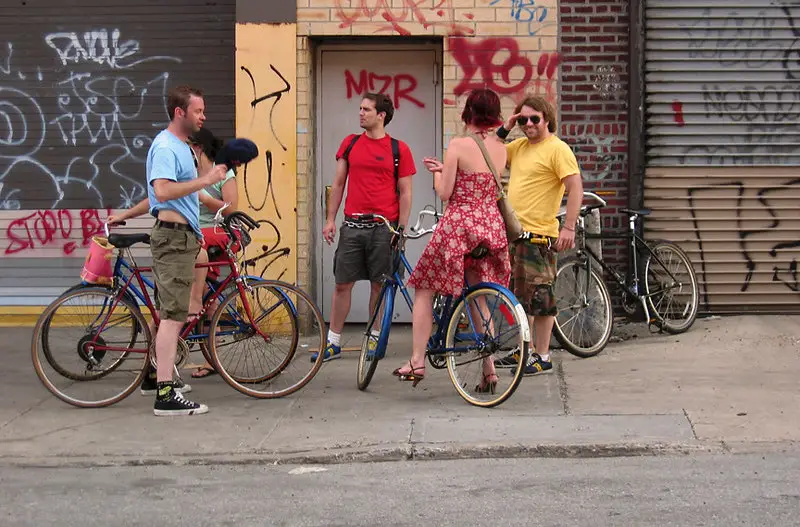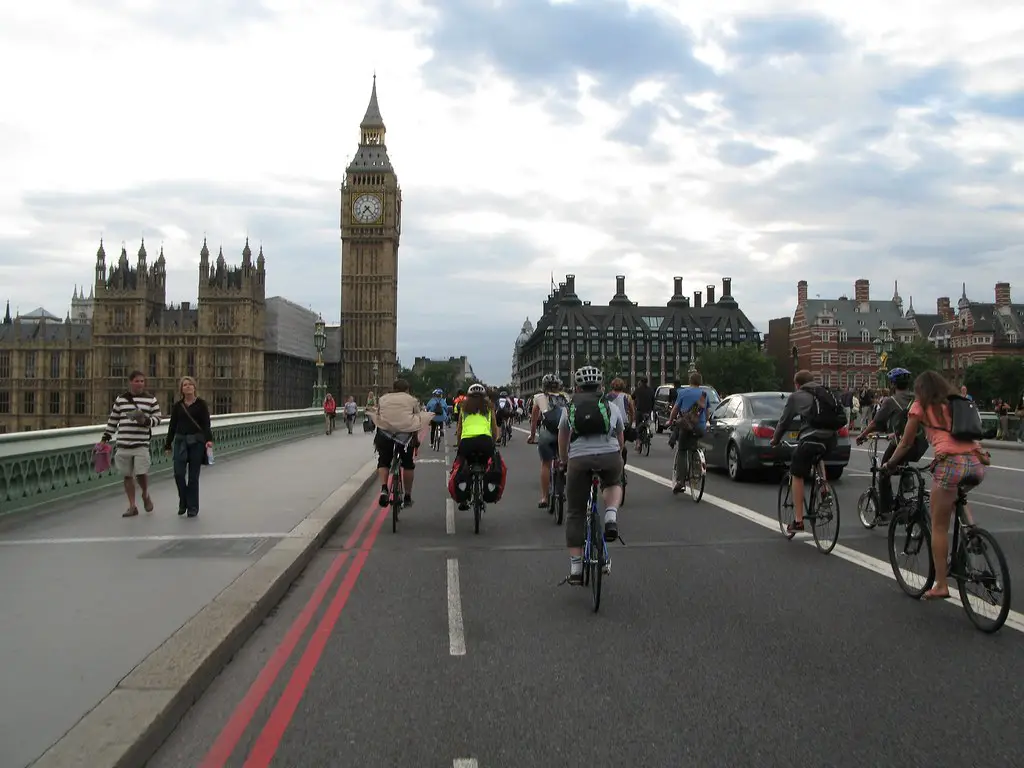It’s been a dry year in Southern California, but that’s typically how it goes—you don’t come to Los Angeles for the lush green and windbreakers. There have been worse years, and I remember dead lawns and short showers during especially parched seasons, but there’s no doubt that we’ll see a bloated number of forest fires when the summer rolls around like we do in most thirsty years. Since we can’t control the weather (alright, maybe the Chinese can) California sort of has to make do with what it has, even if that includes pilfering water from inland lakes to run faucets in Beverly Hills. But what if we could stop dehydrating aquifers in inland California and maybe start pulling our own weight?
If there’s one thing we have a lot of here in the Southland, it’s asphalt. We drive everywhere and we pour tons of blacktop into every spare inch of space, leaving plant life on perfectly rectangular, well-manicured islands. Asphalt, as many people know, creates a lot of problems for the environment. It’s low permeability means that water rushes downhill flooding drainage grates and dumping any and all terrestrial flotsam into the ocean and waterways, and its low albedo (much like tarred building roofs) creates a lot of ambient heat, increasing temperatures in city centers and turning metropolises into effective blackbodies. There’s been a lot of talk about “green asphalt” which has a higher albedo and isn’t a processed petroleum product, both significant upgrades over our current strategies, but that seems a little too uncreative for something so ubiquitous.
How about Spongephalt? I’m not an engineer, so I won’t go into the schematic details, but here’s the idea: create a surface of semipermeable asphalt that allows rainwater to seep through (it can double as a filtering layer—bet you didn’t think of that CalTrans!) into a “spongy” polymer that drains into a reservoir purified by water treatment centers. Recent storms have inundated Southern California, with most of the water getting contaminated by cars (and I know that sounds simplistic but “cars” will be an all-encompassing term for our purposes) and then running off into the ocean and wasted. Spongephalt is rain catching for the 21st century, and with water becoming an increasingly strategic resource it seems as good a time as any to harvest as much as possible.
There are, of course, problems with this idea, mostly from the engineering side. How do we deal with the problem of potentially engorged sponge layers that may end up cracking and distorting the top layer of asphalt? The honest answer: I don’t know. But it seems like a problem that could be solved by having a robust drainage system with stress sensors interspersed between the layers. That’s a suggestion coming from a policy guy, so I’m sure some of my friends with a few more engineering classes under their belts can discuss this a little more fully.
Roads haven’t changed much in recent decades. Yeah, they’ve gotten more durable and smoother and maybe even more efficient, but the whole concept of streets as a single-use piece of infrastructure seems, well, boring doesn’t it? Can’t roads be more than just something we travel on? At least it’d make me feel a bit better about the long showers I take on especially hot days in California.
Photo: Paul Hanaoka


